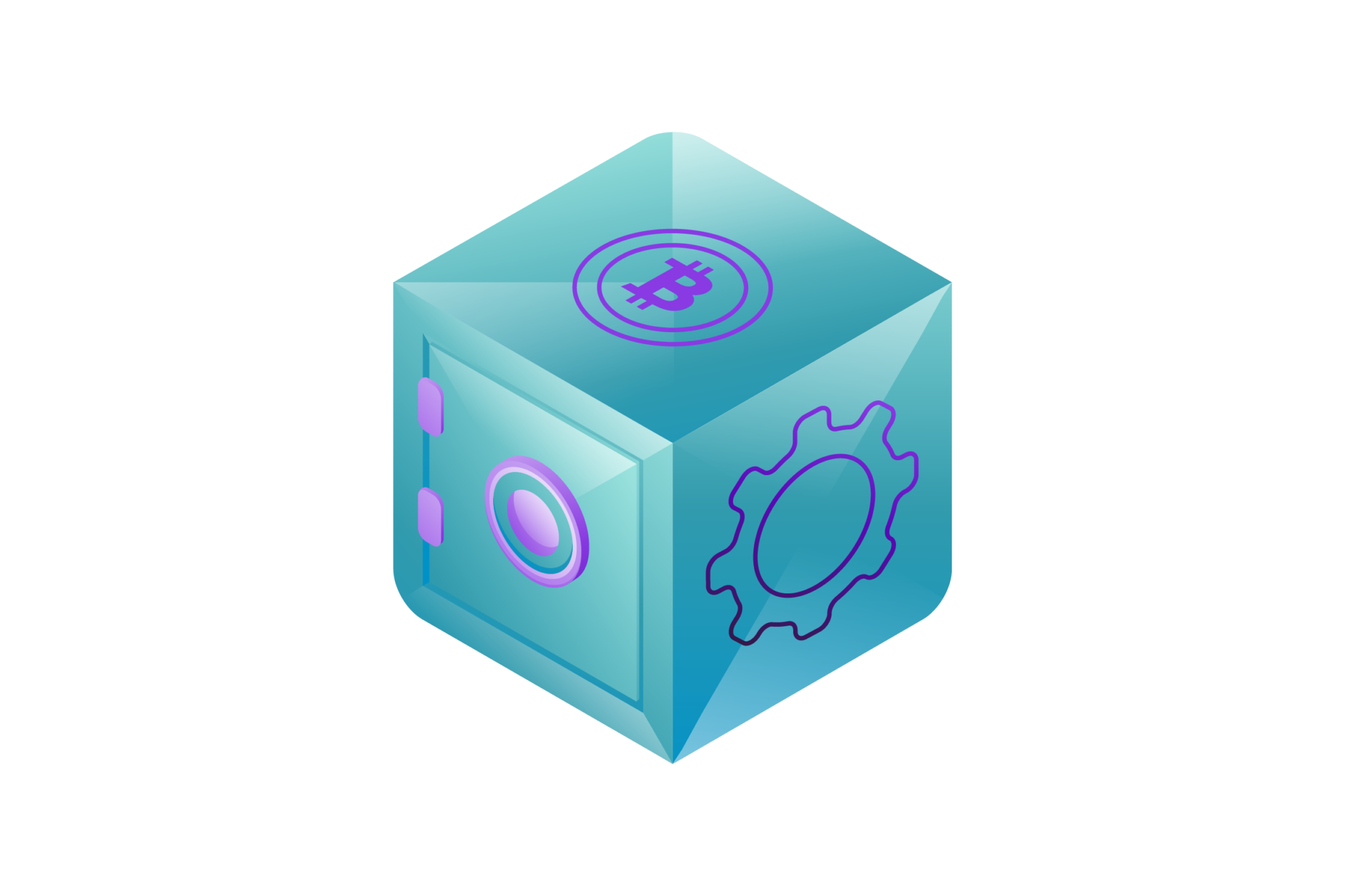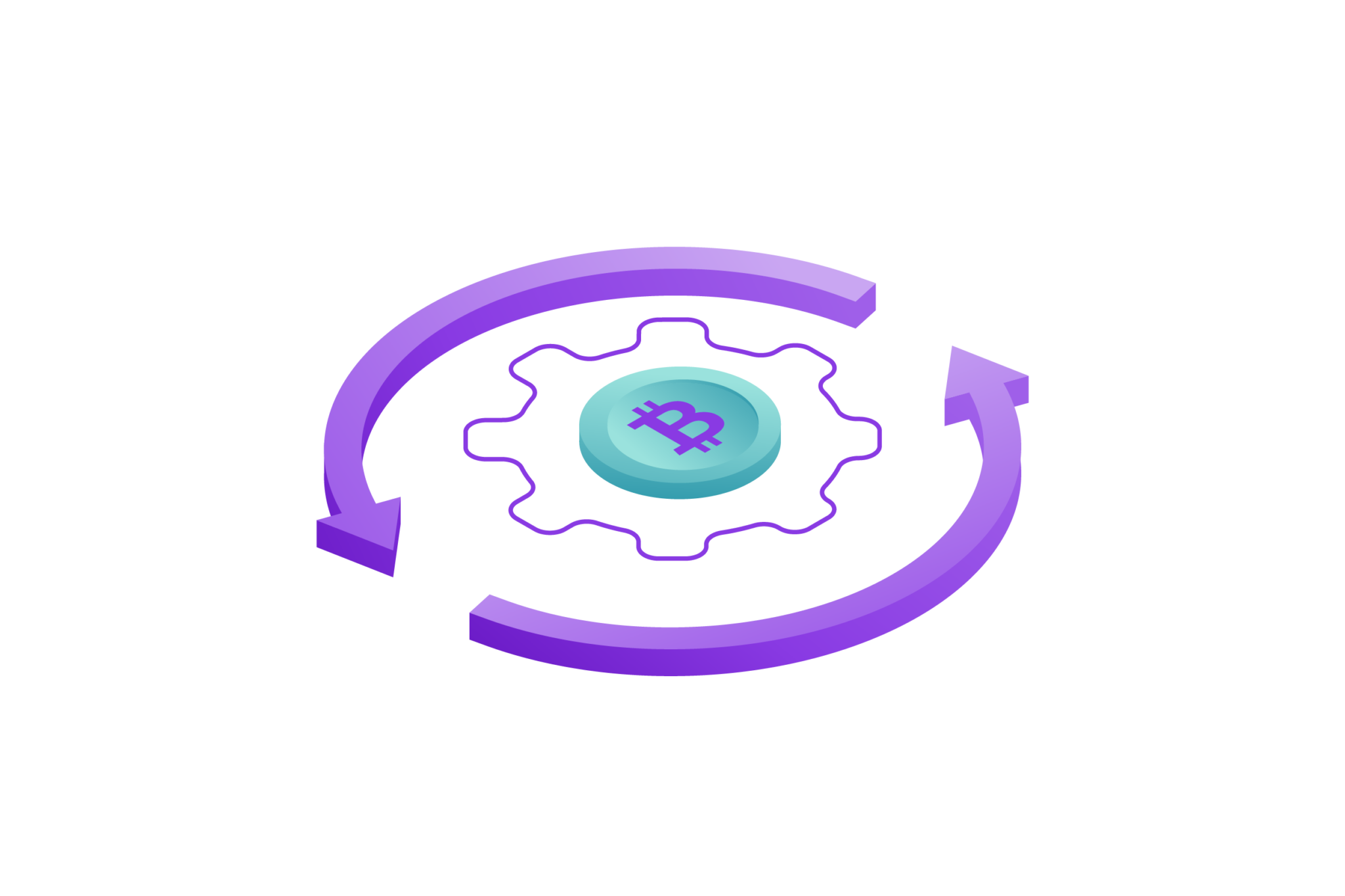
Decentralized Autonomous Organizations (DAOs) are reshaping the very fabric of the financial world. Through blockchain technology, these entities allow communities to have a say in the organization’s decisions, where the typical corporate hierarchy doesn’t exist. Within this unique setup, managing the treasury becomes a crucial aspect, determining the success or failure of the DAO.
DAO treasury management is a challenging but vital role that requires understanding and mastering various aspects. In this article, we will explore the keys to effective DAO treasury management, helping you pave the way to the future of finance. So grab a cup of coffee, and let’s dive in!
What is DAO Treasury Management?

DAO treasury management is more than just a buzzword; it’s the backbone of a DAO. Essentially, it’s the process of handling the funds within the organization, ensuring that they are utilized effectively and ethically.
The treasury includes all the financial assets of the DAO, such as cryptocurrencies and tokens. These must be managed wisely to ensure the sustainability and growth of the organization. Imagine the DAO as a living organism; the treasury is its lifeblood, circulating resources where needed.
By mastering DAO treasury management, one can ensure that the financial resources are allocated efficiently, risks are mitigated, and the community’s trust is maintained. It’s a balancing act that demands keen attention, strategic thinking, and transparency.
Best Practices for DAO Treasury Management

Navigating the world of DAO treasury management can be complex, but with these four best practices, you can manage it like a pro.
1. Transparency:
- Open Communication: Frequent updates and transparent sharing of information foster a sense of trust within the community. Transparent communication includes making financial reports readily available and explaining decisions related to the treasury.
- Engaging with the Community: Engaging in open dialogue with the community allows for collective decision-making. This can include hosting community calls, AMAs (Ask Me Anything), and soliciting feedback on major treasury-related decisions.
- Audit Trails: Maintaining a clear and verifiable record of all transactions and decisions helps to ensure that actions are transparent and accountable. This can be achieved through blockchain explorers or third-party audits.
2. Diversification
- Asset Allocation: Diversifying assets across different cryptocurrencies, tokens, and even traditional investments helps mitigate risks associated with market volatility. Proper asset allocation aligns with the DAO’s risk tolerance and long-term goals.
- Investment Strategies: Implementing various investment strategies, including both aggressive and conservative approaches, allows the treasury to adapt to different market conditions and opportunities.
- Monitoring and Rebalancing: Regularly monitoring the portfolio and rebalancing when necessary ensures that the asset distribution remains aligned with the DAO’s objectives and risk profile.
3. Security Measures
- Multisig Wallets: Utilizing multisig (multi-signature) wallets requires multiple approvals for transactions, adding an extra layer of security. It prevents a single point of failure and reduces the risk of unauthorized access.
- Regular Audits: Conducting regular security audits with reputable firms identifies potential vulnerabilities. Continuous assessment and improvement of security protocols keep the treasury safe.
- Education and Training: Equipping community members and those involved in treasury management with knowledge about security best practices can prevent common mistakes and threats.
4. Community Involvement
- Decision-making Processes: Implementing decentralized voting mechanisms that allow the community to participate in major treasury decisions helps align those decisions with the collective will of the community.
- Feedback Loops: Creating regular opportunities for community feedback ensures that the treasury management aligns with the needs and values of the community.
- Community-Driven Initiatives: Encouraging and supporting community-led projects and investments fosters a sense of ownership and engagement. Community-driven initiatives can lead to innovative uses of the treasury and further the goals of the DAO.
Challenges in DAO Treasury Management

Despite its many advantages, DAO treasury management isn’t without its challenges.
Challenge 1: Conflicts and Slow Decision-making Processes
Decentralization is both a strength and a challenge in DAOs. While it promotes inclusiveness and transparency, it can also lead to conflicts and slow decision-making processes. Unlike traditional organizations, where a single leader or a small group makes decisions, DAOs often require consensus.
Reaching a collective agreement can be time-consuming, especially when members have different opinions, goals, or interests. This process may hinder urgent decisions, hamper efficiency, or even lead to gridlock where no decision can be made. To address this, clear governance models, mediation methods, and sometimes even professional facilitators might be needed to keep things moving smoothly.
Challenge 2: Navigating the Regulatory Landscape
DAOs operate in a rapidly changing regulatory landscape, and keeping up with those changes can be demanding. Regulations around cryptocurrencies, smart contracts, and decentralized organizations can vary significantly across different jurisdictions, making compliance a complex issue.
The challenge here lies not only in understanding current laws but also in predicting how those laws might change in the future. Non-compliance can lead to legal issues, fines, or reputational damage. Thus, legal experts with a deep understanding of both local and international laws must be part of the DAO’s treasury management to ensure that all activities align with legal requirements.
Challenge 3: Managing a Diverse Portfolio
DAO treasury management often involves handling a diverse portfolio of cryptocurrencies, tokens, and other digital assets. Each of these assets may have unique characteristics, risks, and market behaviors.
Managing such a portfolio requires expertise in various financial products, markets, and even technological aspects related to blockchain and digital assets. The volatility of cryptocurrencies adds an additional layer of complexity. Staying ahead of market trends, understanding the underlying technology, and risk management strategies are vital in handling this challenge. Continuous education, collaboration with financial experts, and real-time monitoring are essential in navigating this multifaceted terrain.
Challenge 4: Security Concerns
With digital assets comes the ever-present threat of hacks, frauds, and unauthorized access. The decentralized nature of DAOs may make them particularly susceptible to these risks, as there might not be centralized security protocols in place.
Ensuring the security of the treasury involves implementing robust measures like multisig wallets, regular audits, and employing cutting-edge cybersecurity solutions. Even a minor lapse in security can lead to significant losses, making this challenge one of the most crucial to address in DAO treasury management.
The Future of DAO Treasury Management
DAO treasury management is evolving, and here’s what the future might look like:
Integration with Traditional Finance: As DAOs become mainstream, integration with traditional financial systems will be key to seamless operations and expanded opportunities.
Advanced Automation: The use of smart contracts and AI in managing treasuries will increase efficiency and reduce human error.
Ethical Considerations: With growing awareness of social and environmental issues, ethical considerations will play a more prominent role in treasury decisions.
Global Regulations: As governments catch up with the DAO phenomenon, global regulations may emerge, setting standardized rules and guidelines for treasury management.
Also Read: What Is a Quant? Everything about Quantitative Analyst
Conclusion
Mastering DAO treasury management is essential for anyone involved in this groundbreaking field. From best practices to the future outlook, understanding the intricacies will empower you to be part of the future of finance.
DAOs are more than a trend; they are a shift in how we think about organizations and financial management. By embracing these principles and continuously learning, you can be at the forefront of this exciting new world.

I'm Carina, a passionate crypto trader, analyst, and enthusiast. With years of experience in the thrilling world of cryptocurrency, I have dedicated my time to understanding the complexities and trends of this ever-evolving industry.
Through my expertise, I strive to empower individuals with the knowledge and tools they need to navigate the exciting realm of digital assets. Whether you're a seasoned investor or a curious beginner, I'm here to share valuable insights, practical tips, and comprehensive analyses to help you make informed decisions in the crypto space.
- Carinahttps://quantmatter.com/author/carina/
- Carinahttps://quantmatter.com/author/carina/
- Carinahttps://quantmatter.com/author/carina/
- Carinahttps://quantmatter.com/author/carina/
